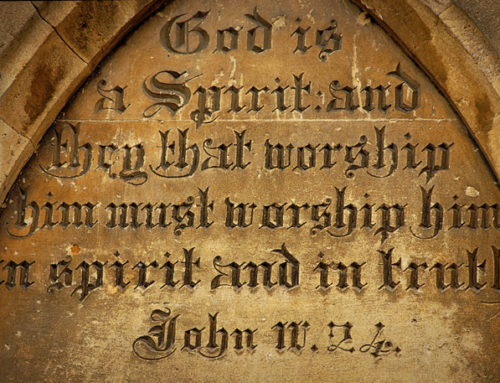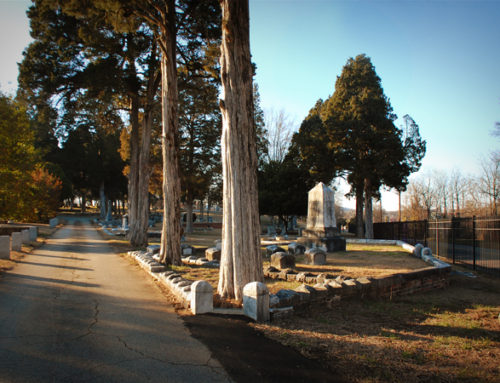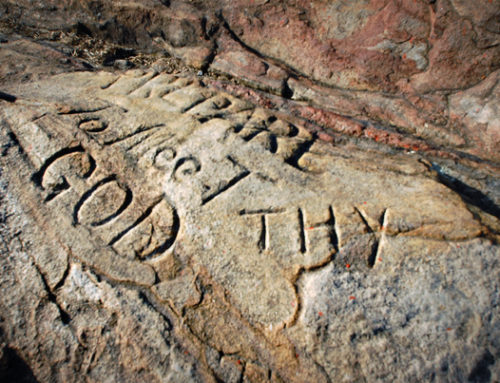I love St. Paul’s columns! If they could talk, they would tell us of hundreds of years of history—coronations, weddings, funerals, and a particular resurrection. I took these photos a few years ago while visiting England. During a walking tour of London, our guide told the following story and I thought it was worth passing on. Maybe you have felt at some point your life has been all but wiped out. However, there is hope, you will rise again!
The St. Paul’s of today is rebuilt as the result of a tremendous tragedy. The Great Fire of London began on September 2, 1666 at one o’clock in the morning. Ground zero was the bakeshop of Thomas Farynor, who just happened to be the baker to King Charles II. The story gets better: the bakery was located on appropriately named Pudding Lane.
At the time, most London houses were made of wood and pitch and were dangerously flammable, which means it did not take long for the fire to expand and spread from house to house and from hay piles to feed piles. To make matters worse, a strong wind blew through the city that night sending sparks up into the air. Soon the Church of St. Margaret was on fire. Then it spread to Thames Street, with its riverside warehouses and wharves filled with food for the flames: hemp, oil, tallow, hay, timber, coal and spirits along with other combustibles. Firefighting brigades were helpless with nothing more than small buckets of water—water that had to be drawn from the river Thames. By eight o’clock in the morning, the fire had spread halfway across London Bridge.
Some 430 acres, as much as 80 percent of the city proper was destroyed, including 13,000 houses, 89 churches, and 52 Guild Halls. Thousands of citizens found themselves homeless and financially ruined. The Great Fire changed the face of London forever. However, one positive effect was that the plague, which had ravished the city since 1665, was diminished due to the mass death of the plague-carrying rats in the blaze!
When the dust settled, King Charles appointed six commissioners to redesign the city. Their plan provided for wider streets and buildings of brick, rather than timber. By 1671, 9000 houses and public buildings had been rebuilt. Sir Christopher Wren was commissioned to design and oversee the construction of nearly 50 churches and a new St. Paul’s Cathedral was on the drawing board. Construction on the church began in 1675.
The calamity of the Great Fire proved the opportunity of a lifetime for Wren, and the young architect did not hesitate to seize the opportunity. Old stones from the the original St. Paul’s were used in the construction. As they were laid out, Wren noticed that one was marked with the Latin inscription “resurgam,” which means “I shall rise again.” He had the word inscribed on the pediment of the south door, beneath a carved phoenix.








Leave A Comment